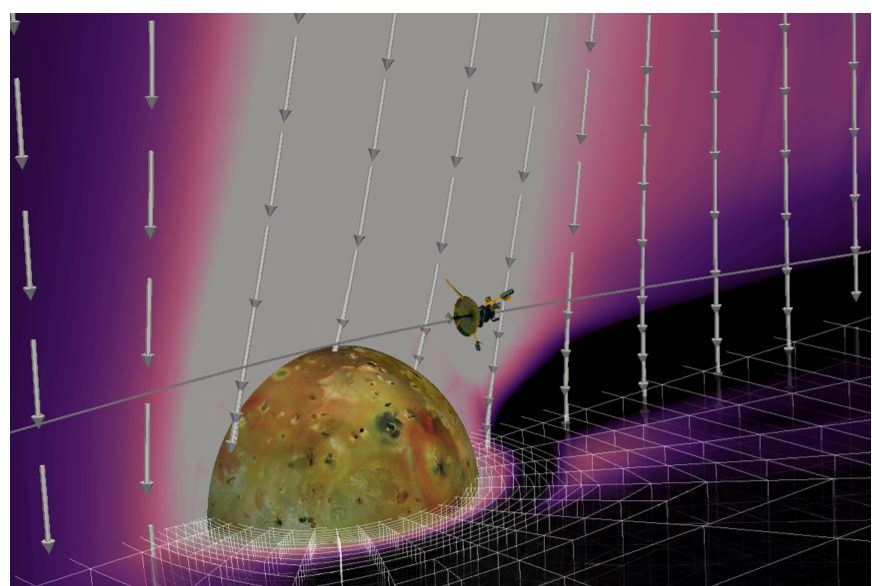See our project:
EXTREME
An Exascale aware and Un-crashable Space-Time-Adaptive Discontinuous Spectral Element Solver for Non-Linear Conservation Laws

The dynamics of fluids and plasma is described by non-linear conservation laws. Transient behaviour on multiple scales involving turbulence and shocks is intrinsic to these problems. Due to their low dispersion and dissipation errors, adaptive high order numerical methods currently receive growing attention in academia and industry and form an emerging key technology.
The potential benefits are massively improved computational efficiency and drastic reduction in memory consumption. Both benefits can be easily justified theoretically, in particular for a space-time-adaptive high order method. However, due to high algorithmic complexity, the theoretical performance is difficult to sustain on massively parallel supercomputers.
Hence, the first challenge that we will address in this project is to design novel, exascale aware, space-time-adaptive algorithms and implement them in an open source solver that will scale on over 106 computing cores. Another indispensable property for the successful industrialisation of space-time-adaptive high order methods is robustness. Robustness, i.e. an “un-crashable” solver, which still retains all the positive benefits of the high order scheme is the ultimate goal of the current research on these methods. This requires new mathematical concepts.
The second challenge we will address here is to construct a provable un-crashable, space-time-adaptive, high order solver without excessive artificial dissipation. Our mathematical key to achieve robustness is not intuitive at first sight: skew-symmetry. We will show that a specific skew-symmetric formulation guided by careful mathematics will allow us to design methods that are consistent with the second law of thermodynamics. This physical consistency is important as it will enable us to construct a new class of un-crashable space-time-adaptive high order methods.
This project receives funding from the European Research Council (ERC) under the European Union’s Horizon 2020 research and innovation programme Grant agreement No. 714487.
